We kindly invite you to read the entire , as we try to provide you with detailed technical and historical information to ensure the authenticity of our objects. A sober and linear English silver-plated teapot-chocolate bowl; the softly curved elongated form of rich elegance is supported by four cast feet; the spout and handle also have a very refined design; on the lid is fixed a cast cyma representing a small fruit with leaves. On the bottom the teapot bears the stamp of the James Dixon Company of Sheffield, with the classic trumpet with banner and the full name; from these elements, we can tell that the object was made between 1890 and 1895 in Dixon's factory in Sheffield. James Dixon and Sons was founded in Sheffield, England, in 1806 and was one of the leading British manufacturers of the Industrial Revolution, helping to give the city its global reputation for manufacturing excellence. Initially working with pewter, electroplated, Britannia Metal, and nickel silver, the company honed its skills over the years and became synonymous with sterling silver and silver-plated cutlery and hollowware. Established customers around the world, from consulates to royal families, have always been the company's clientele; their demand for the highest quality has always been the benchmark for the workshops. The company exhibited at the Great Exhibition of 1851, receiving numerous awards in different classes for silver and Britannia metal. Dixon's 1879 cost book includes designs by Christopher Dresser, recorded from 1880, which were produced until at least 1895, according to the trade catalog published that year. The first corporate trademark of the trumpet and banner was granted in 1879, while the second with the name was added in 1890. Some authors claim that the trumpet and banner trademark was officially registered in 1881, although it was already in use before then. In the 1920s the company began to use stainless steel for the production of flat and hollowware, and production of silver and silver-plated wares declined. The stainless steel spoons and forks produced by James Dixon & Son bore the names “staybrite” and “Firth,” since Firth Brown was the company where “staybrite” steel had been invented in the 1910s.
In 1920 the company was converted into a limited liability company, and in 1930 William Hutton & Sons Ltd of Sheffield was absorbed by James Dixon & Sons Ltd. In the 1980s the company had a financial meltdown and production at Cornish Place closed in 1992. The teapot is in good condition. Measures width cm.26, depth cm.12, height cm.25.
Le invitamos amablemente a que lea todo el , ya que intentamos proporcionarle información técnica e histórica detallada para garantizar la autenticidad de nuestros objetos. Sobria y lineal tetera-chocolatera inglesa bañada en plata; la forma alargada suavemente curvada, de rica elegancia, se apoya en cuatro pies de fundición; el pitorro y el asa también tienen un diseño muy refinado; en la tapa está fijado un cimacio de fundición que representa una pequeña fruta con hojas. En la parte inferior, la tetera lleva el sello de la James Dixon Company de Sheffield, con la clásica trompeta con banderola y el nombre completo; a partir de estos elementos, podemos saber que el objeto se fabricó entre 1890 y 1895 en la fábrica de Dixon en Sheffield. James Dixon and Sons se fundó en Sheffield (Inglaterra) en 1806 y fue uno de los principales fabricantes británicos de la Revolución Industrial, contribuyendo a dar a la ciudad su reputación mundial de excelencia manufacturera. La empresa, que inicialmente trabajaba con peltre, galvanoplastia, Britannia Metal y alpaca, perfeccionó sus habilidades a lo largo de los años y se convirtió en sinónimo de cubertería y vajilla de plata esterlina y plateada. La clientela de la empresa ha sido siempre una clientela establecida en todo el mundo, desde consulados hasta familias reales; su exigencia de la máxima calidad ha sido siempre el punto de referencia de los talleres. La empresa expuso en la Gran Exposición de 1851, recibiendo numerosos premios en diferentes clases de plata y metal Britannia. El libro de costes de Dixon de 1879 incluye diseños de Christopher Dresser, registrados a partir de 1880, que se produjeron al menos hasta 1895, según el catálogo comercial publicado ese año. La primera marca corporativa de la trompeta y el estandarte se concedió en 1879, mientras que la segunda con el nombre se añadió en 1890. Algunos autores afirman que la marca de la trompeta y el estandarte se registró oficialmente en 1881, aunque ya se utilizaba antes. En la década de 1920, la empresa empezó a utilizar acero inoxidable para la producción de vajillas planas y huecas, y disminuyó la producción de vajillas de plata y plateadas. Las cucharas y tenedores de acero inoxidable producidos por James Dixon & Son llevaban los nombres de "staybrite" y "Firth", ya que Firth Brown era la empresa donde se había inventado el acero "staybrite" en la década de 1910.
En 1920 la empresa se convirtió en una sociedad de responsabilidad limitada, y en 1930 William Hutton & Sons Ltd de Sheffield fue absorbida por James Dixon & Sons Ltd. En la década de 1980, la empresa sufrió un colapso financiero y la producción en Cornish Place cerró en 1992. La tetera está en buen estado. Mide 26 cm de ancho, 12 cm de fondo y 25 cm de alto.





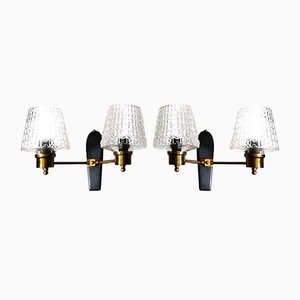




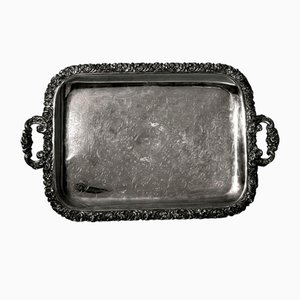



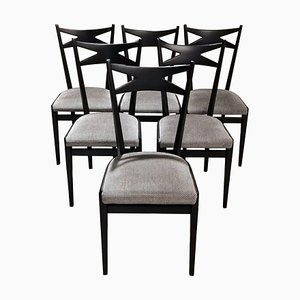



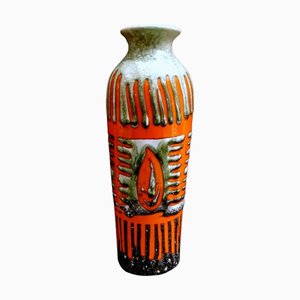



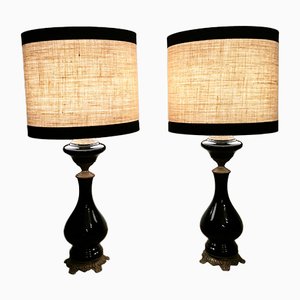

Contacta con nosotros
Haz una oferta
¡Hemos notado que eres nuevo en Pamono!
Por favor, acepta los Términos y condiciones y nuestra Política de privacidad
Contacta con nosotros
Haz una oferta
¡Ya casi está!
Para seguir la conversación en la plataforma, por favor completa el registro. Para proceder con tu oferta en la plataforma, por favor completa el registro.Exitoso
Gracias por tu consulta, alguien de nuestro equipo se pondrá en contacto contigo en breve.
Si eres profesional del diseño, por favor solicita aquí los beneficios del Programa comercial de Pamono